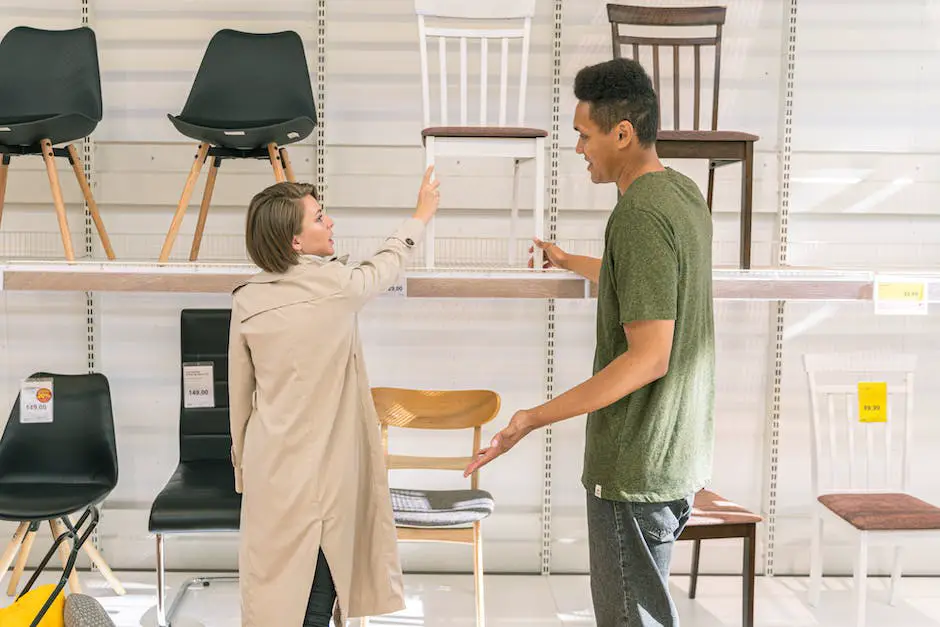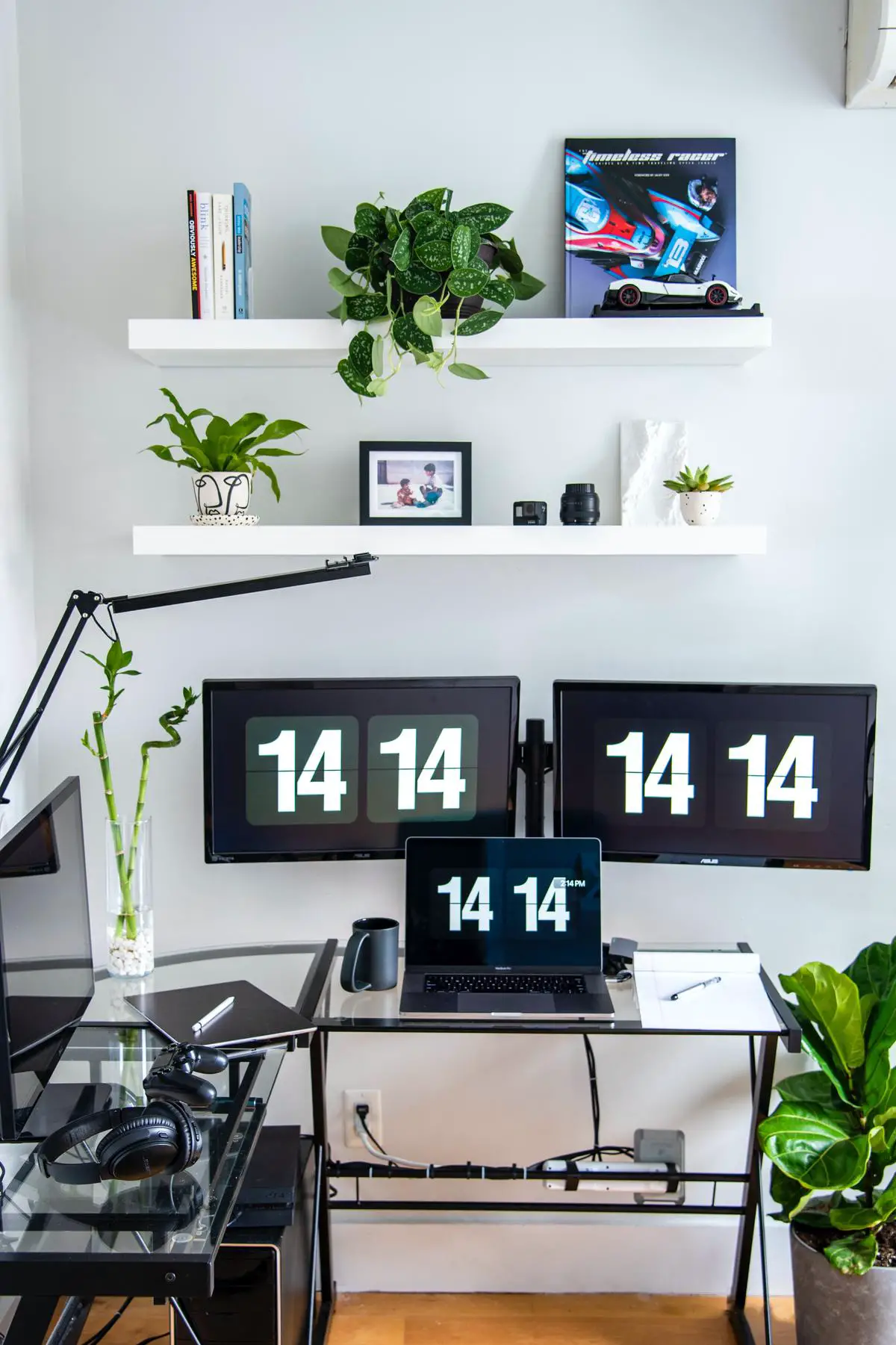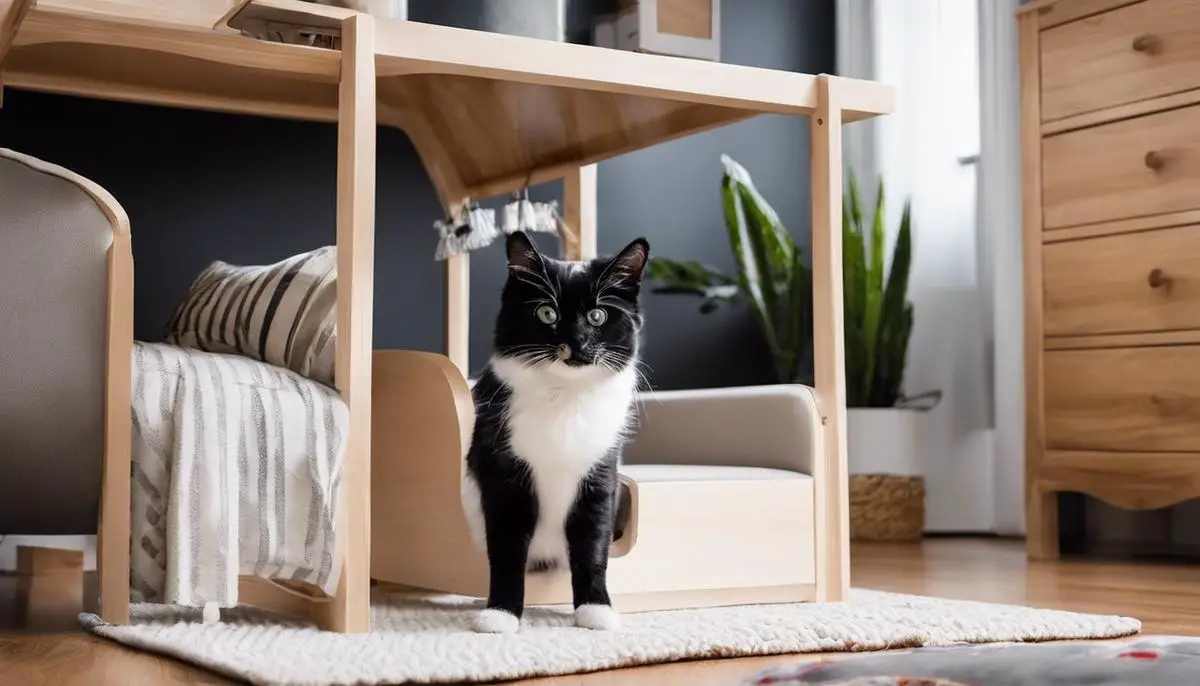An abode is a shared space, a harmonious blend of requirements from all household members, and that includes our beloved pets. Many pet owners are increasingly recognizing the significance of providing their furry companions with spaces that accommodate their unique needs while harmonizing with the stylish aspirations of the home setting. This thoughtful integration can be achieved deftly employing IKEA furniture, known for its simple, modular design and the versatility that enables easy modification. This essay intends to guide you through the process of transforming common IKEA structures into personalized pet furniture that complements your interior décor, matches your pet’s needs, and peace of mind around safety considerations. Understanding the basics of IKEA’s furniture design can unlock countless opportunities to create affordable, functional, and stylish pet-friendly spaces in your home.
Understanding the Basic IKEA Furniture
Essential Features to Consider for Unleashing IKEA Pet Hacks
One of the most exciting things about enhancing the living space for our pet pals is the freedom to be creative. IKEA furniture, renowned for its affordability, simplicity, and modularity, is a goldmine for those venturing into the realm of pet hacks. Here’s what to consider when choosing IKEA furniture for your custom pet creation.
-
Sturdiness: While IKEA may not necessarily cater to the more upscale market, their furniture offers remarkable durability. Opt for pieces that have a strong structure and can withstand the weight and possible rough play of your pet. Items with solid wood or metal frames are excellent choices, for instance.
-
Ease of Modification: Not all IKEA products lend themselves well to modification. Therefore, it’s vital to examine the assembly and design of the furniture piece. Select items that can be easily dissembled and remodeled to suit the purpose. An IKEA Kallax or Billy bookcase, for instance, holds great potential for customization into cat trees or kennels.
-
Comfort: It’s paramount to keep comfort at the forefront as our pets deserve the very best. Look for IKEA furniture with soft surfaces or ones that can be easily fitted with cushions or padding. An IKEA Poäng chair, for example, can be transformed into a comfy dog bed.
-
Safety: IKEA’s minimalist design often means there are fewer frills and adornments that your pet might tug at or chew. However, it is crucial to ensure that every modification accounts for your pet’s safety. Make sure all modifications are secure and that the furniture doesn’t have sharp edges that might harm them.
-
Size: The size of the furniture and the size of the pet has to be carefully considered. A larger breed dog, for example, requires a more spacious hack compared to a smaller house cat. IKEA’s range of furniture caters to different size requirements enabling a good match.
-
Easy to Clean: Pets can be a bit messy, so having an easy-to-clean hack will make life much easier. Choose furniture pieces that have washable covers or a surface that’s simple to wipe clean.
-
Aesthetics: An underrated but important factor is how well the pet hack blends into the rest of your home’s decor. IKEA’s minimalist design philosophy serves well here, providing a neutral base that can be customized to match any interior aesthetics.
Keeping these factors in view can make the IKEA pet hack project not just a fun DIY endeavor, but also a rewarding venture that results in a perfect pet space. Remember, our pets are members of our family, and just as we make our living environment comfortable for us, it’s important to do the same for them in a manner that is also visually pleasing. The journey of crafting a pet-friendly space with IKEA furniture is as delightful as the outcome, etching memorable moments of companionship and shared joy. Happy IKEA hacking!

Basics of Pet-Friendly Design
Title: Essential Elements of a Pet-Friendly Design: Going Beyond the Basics
Beginning with the bedrock foundation of sturdiness, design ease, indulgent comfort, safety considerations, and inclusion of size and cleanability into the blueprint, it’s time to take our pet-friendly design conversation to the next level. Equally critical to these tenets are visual appeal and the incorporation of more nuanced, pet-centered design elements. Here, we take a stride into the more refined, albeit equally essential, realms of a pet-friendly design.
1. Accessibility:
One characteristic underlined in all user-friendly designs is sound accessibility. For a pet-friendly design, incorporating elements that allow mobility for the pets, like ramps or pet doors, becomes important. As every pet is unique in size, agility, and age, keep these factors in mind to create suitable accessibility features. Tips like installing a low-profile pet door or a gentle incline to assist aged pets are ingenious and empathy-driven solutions.
2. Textures and Materials:
Plush materials might seem luxurious but aren’t always the best option for pets – they can easily trap fur and are often difficult to clean. Instead, consider sturdy materials that are snag-proof, repellent to liquids, and stand up to claws and gnawing. Leather or high-quality synthetic fabrics are a decent bet for these purposes. Also, contemplate using rugs and carpets with dense patterns to mask pet hair.
3. Subtle Integration:
Establishing harmony between pet-friendly designs and your home’s existing aesthetic can be tricky but achievable. Hidden pet beds, like built-in beds in cabinetry or under a staircase, keep spaces looking tidy without restricting your furry friends’ access to their safe space. Ingenious designs like scratch pole room dividers marry the needed functionality with refined aesthetics that complement your decor.
4. Color Codification:
Opting for colors similar to your pet’s coat color helps mask shedding. Choosing a darker tone helps disguise dirt, hair, and occasional damage that comes with pet ownership. However, always remember that while warmer tones might seem inviting, they could potentially heat up the space more quickly than cooler-color furniture or accessories.
5. Noise Reduction:
Pets, especially dogs, can be sensitive to loud noises. Implement noise-reducing elements like heavy drapes, rugs, and cork flooring to absorb sounds, creating a peaceful environment for your four-legged friend.
Empathy and a bit of creativity are the cornerstones of any successful pet-friendly design. After all, our pets deserve to feel as welcomed and comfortable in our home as we do. By incorporating these nuances into your design, you ensure a living space that is inviting, safe, and comfortably accommodating for your cherished pets. Now that’s a design we all can wag our tails at!

Ikea Furniture Modification Process
Choosing the Right Pieces and Proper Planning
Transitioning IKEA furniture into pet-friendly versions first begins with making smart choices. Opt for minimalistic, modifiable pieces like KALLAX shelves, LACK tables, or over-the-door storage units like TRONES. Some may scoff at the idea of planning, but it’s essential. Take into account your pet’s habits and needs: do they enjoy hiding, climbing, or lounging? Factor in the types of modification you have in mind, such as ramps for older pets or tunnels for those playful ones.
Revamping Surfaces
Transforming any IKEA surface into a pet-friendly one can be as simple as adding a layer of interest. Consider mats or visuals made of sisal, faux fur, or even a custom-made upholstery to cater to your pet’s likes. These surface additions should be both pleasing to your furry friend and harmonize with your space.
Constructing Hideouts and Lounges
IKEA’s KALLAX or EKET shelves, for instance, lend themselves well to DIY modifications for pets. Remove select partitions to create larger spaces for pets to lounge or hide while still retaining enough room for your belongings. Add in cushions, blankets, or toys for added comfort and amusement. Always make sure any modifications retain structural integrity to ensure safety.
Incorporating Pet-Toy Storage
Next, consider DIY modifications to store pet toys. An example would be modifying IKEA’s over-the-door storage units or crates for simple, accessible toy storage. Even unused spaces underneath IKEA furniture can be transformed into extra storage.
Safety Measures
An additional layer of safety could be accomplished by anchoring the furniture to the wall, especially for climbing pets, to deter toppling. Also, apply adhesive rubber pads to furniture legs to prevent slippage on tile or hardwood floors. It’s often overlooked, but securing the modified furniture is crucial.
Removing Potential Harm
Addressing potential threats is a must. Be mindful to remove or file sharp edges. In building structures such as ramps or play tunnels, ensure they are securely attached and able to support your pet’s weight without collapsing or causing injury.
Consider the Finish
Lastly, the finish you choose can significantly affect the pet-friendly nature of the furniture. Opt for finishes that are resistant to scratches and stains. An easy-to-clean finish makes tidying up after your pets a breeze – no one wants scratched, stained, or smelly furniture.
Indeed, transforming IKEA furniture into a pet-friendly masterpiece requires creativity, planning, a keen eye for safety measures, and an understanding of your pet’s distinct habits and needs. You’d be surprised how well pets take to these DIY spaces – making them happier and healthier while seamlessly integrating into your existing décor. The perfect balance of design and functionality is right under your nose when you know where to look!

Photo by aminhasani on Unsplash
As we harmonize function and aesthetics in our living spaces, it’s equally important to remember that our pets, too, are an integral part of these spaces. By delving into the basics of IKEA furniture, understanding pet-friendly design principles, and learning the modification process, you can transform simple pieces into beautiful and functional pet furniture. Creating tailor-made spaces that suit your pets’ needs brings joy not just to them, but to you, as you observe their delight. May this guide inspire you to embark upon a fun and fulfilling journey of DIY pet furniture hacks, creating pieces that serve as practical, comfortable spaces for your pets and adding an innovative dimension to your dwelling decor.


